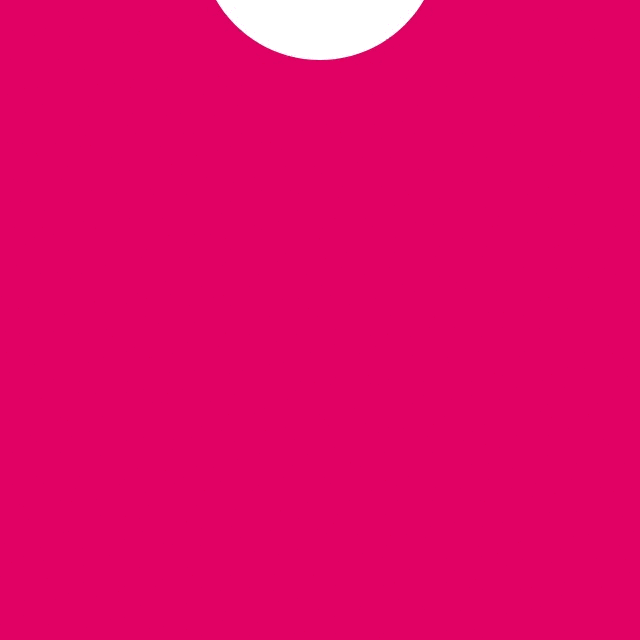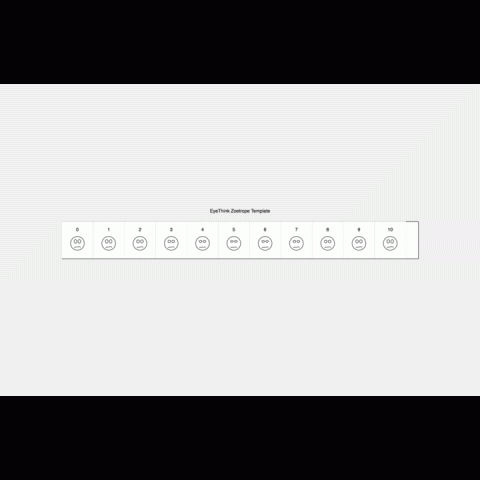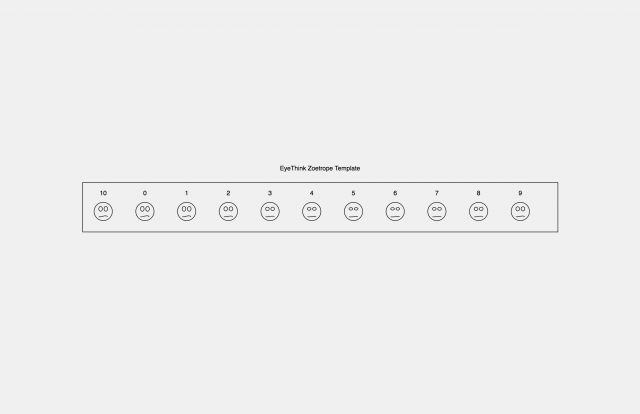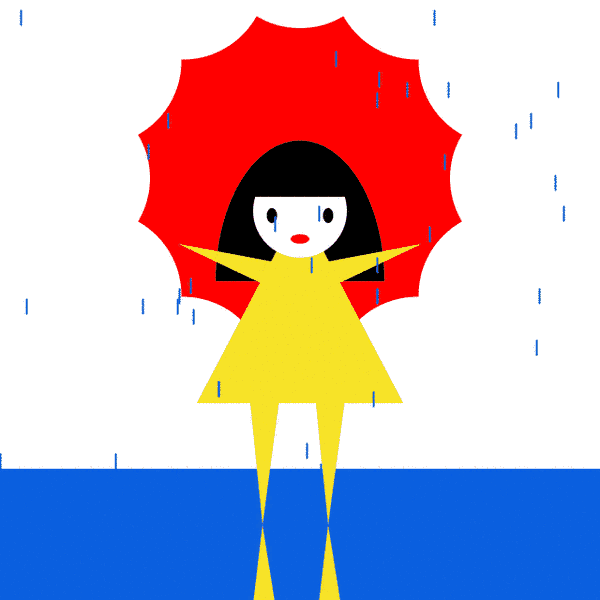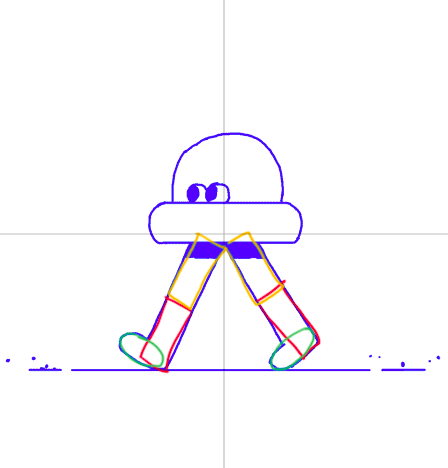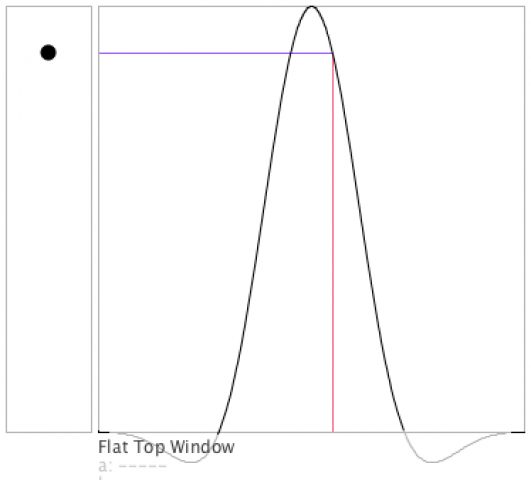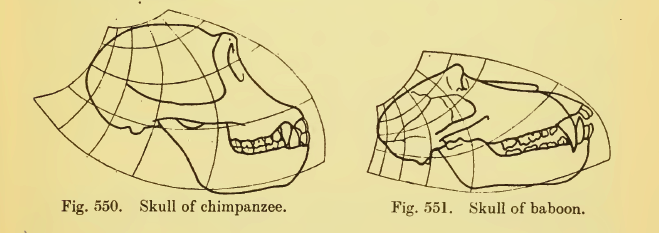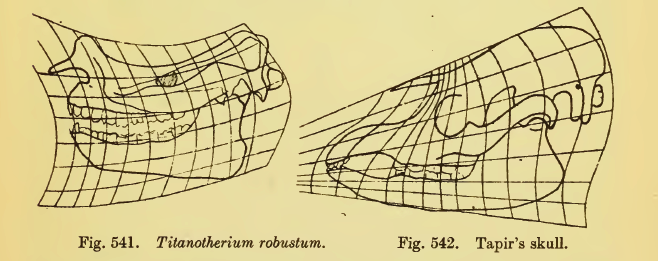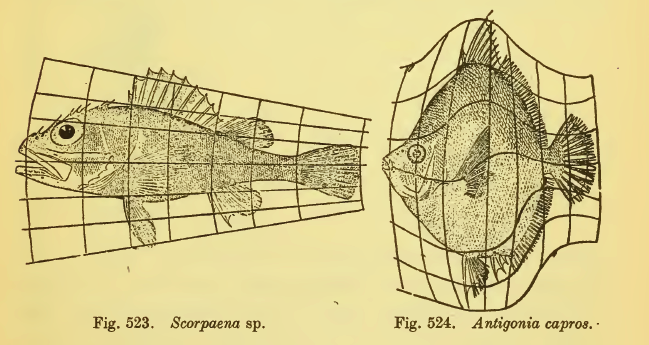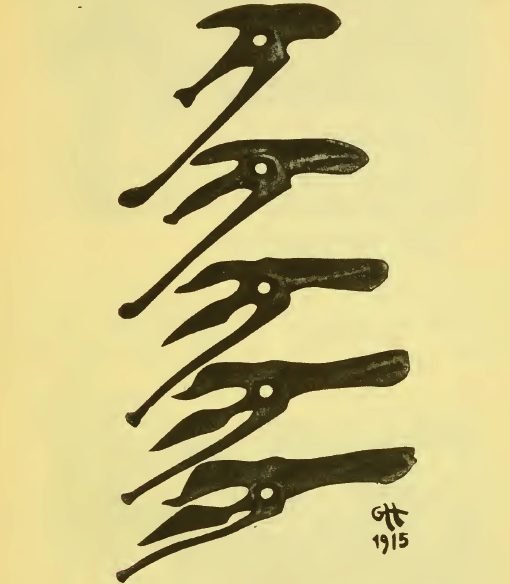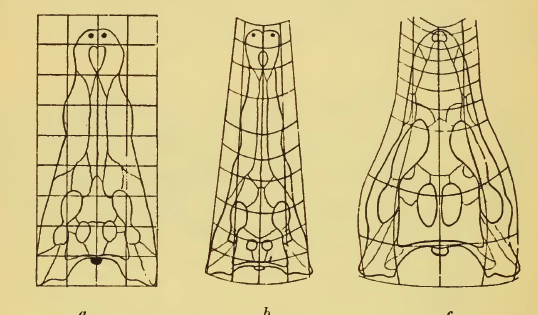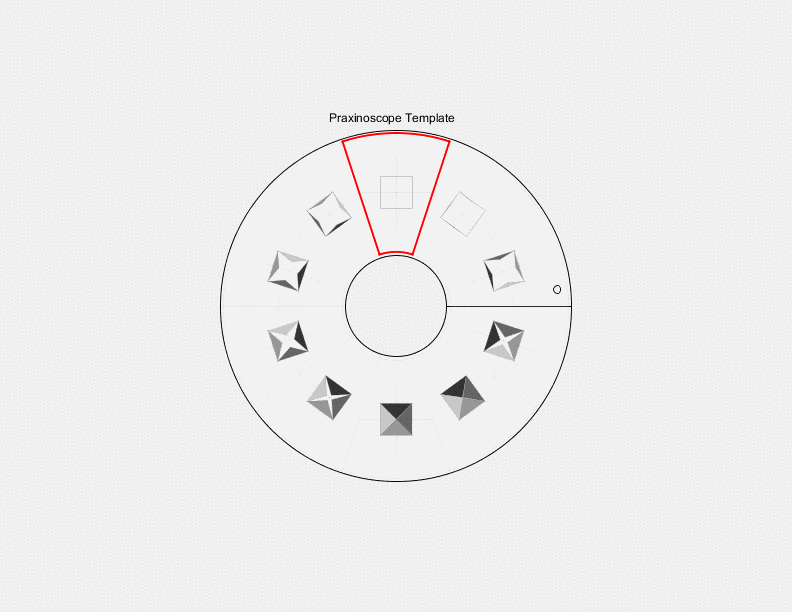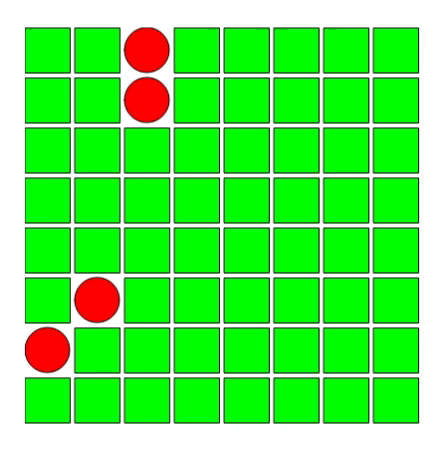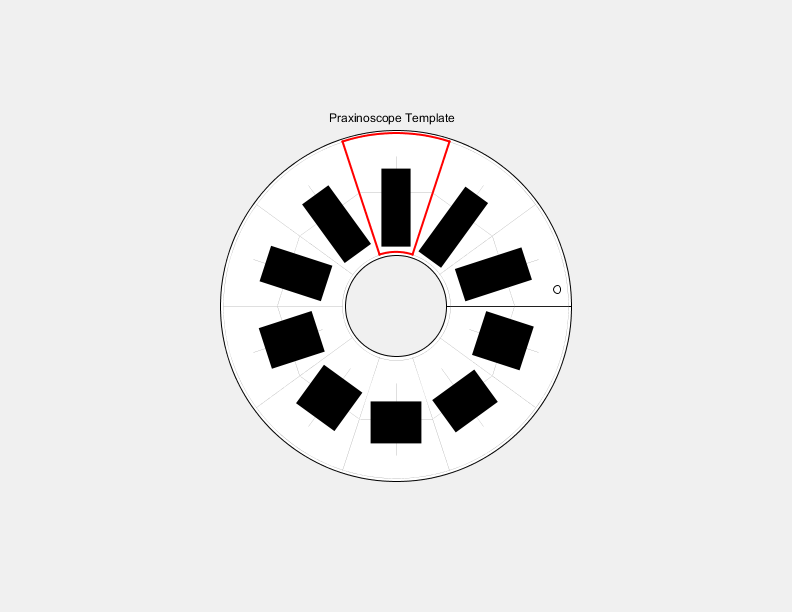
This design takes the bouncing rectangle design from my GIF and applies it to the format of a praxinoscope. The side ratios are slightly different, adjusted only so the rectangle would fill the frame well. The motion in the rectangle is fluid as it uses the same adjustable center cosine window function that is used in the GIF for the rectangle.
See my GIF post for sketches.
// Template for KidzLabs/4M/Toysmith Animation Praxinoscope // https://www.amazon.com/4M-3474-Animation-Praxinoscope/dp/B000P02HYC // https://www.walmart.com/ip/Animation-Praxinoscope-Science-Kits-by-Toysmith-3474/45681503 // Developed for Processing 3.3.6 * http://processing.org // 23 January 2018 * Golan Levin // See information about Processing PDF export at: // https://processing.org/reference/libraries/pdf/index.html // PDF generated by Processing can be opened in Adobe Illustrator. import processing.pdf.*; boolean bRecordingPDF = false; float inch = 72; float diamArtInner = inch * 1.50; float diamArtOuter = inch * 4.80; float diamCutInner = inch * 1.41; float diamCutOuter = inch * 4.875; float holeDy = inch * 0.23; float holeDx = inch * 0.20; float holeD = inch * 0.1; final int nFrames = 10; int myFrameCount = 0; int exportFrameCount = 0; boolean bAnimate = true; boolean bExportFrameImages = false; //------------------------------------------------------- void setup() { size(792, 612); // 11x8.5" at 72DPI frameRate(15); smooth(); } //------------------------------------------------------- void draw() { background(240); if (bRecordingPDF) { beginRecord(PDF, "praxinoscope-output.pdf"); } // Do all the drawing. pushMatrix(); translate(width/2, height/2); drawCutLines(); drawGuides(); drawAllFrames(); popMatrix(); if (bExportFrameImages) { // If activated, export .PNG frames if (exportFrameCount < nFrames) { String filename = "frame_" + nf((exportFrameCount%nFrames), 3) + ".png"; saveFrame("frames/" + filename); println("Saved: " + filename); exportFrameCount++; if (exportFrameCount >= nFrames) { bExportFrameImages = false; exportFrameCount = 0; } } } if (bRecordingPDF) { endRecord(); bRecordingPDF = false; } } //------------------------------------------------------- void keyPressed() { switch (key) { case ' ': // Press spacebar to pause/unpause the animation. bAnimate = !bAnimate; break; case 'p': case 'P': // Press 'p' to export a PDF for the Praxinoscope. bRecordingPDF = true; break; case 'f': case 'F': // Press 'f' to export .png Frames (to make an animated .GIF) myFrameCount = 0; exportFrameCount = 0; bExportFrameImages = true; bAnimate = true; break; } } //------------------------------------------------------- void drawCutLines() { fill(0); textAlign(CENTER, BOTTOM); text("Praxinoscope Template", 0, 0-diamCutOuter/2-6); stroke(0); strokeWeight(1.0); noFill(); if (!bRecordingPDF) { fill(255); } ellipse(0, 0, diamCutOuter, diamCutOuter); noFill(); if (!bRecordingPDF) { fill(240); } ellipse(0, 0, diamCutInner, diamCutInner); noFill(); ellipse(diamCutOuter/2 - holeDx, 0-holeDy, holeD, holeD); line (diamCutInner/2, 0, diamCutOuter/2, 0); } //------------------------------------------------------- void drawGuides() { // This function draws the guidelines. // Don't draw these when we're exporting the PDF. if (!bRecordingPDF) { noFill(); stroke(128); strokeWeight(0.2); ellipse(0, 0, diamArtInner, diamArtInner); ellipse(0, 0, diamArtOuter, diamArtOuter); for (int i=0; i<nFrames; i++) { float angle = map(i, 0, nFrames, 0, TWO_PI); float pxi = diamArtInner/2 * cos(angle); float pyi = diamArtInner/2 * sin(angle); float pxo = diamArtOuter/2 * cos(angle); float pyo = diamArtOuter/2 * sin(angle); stroke(128); strokeWeight(0.2); line (pxi, pyi, pxo, pyo); } // Draw the red wedge outline, highlighting the main view. int redWedge = 7; // assuming nFrames = 10 for (int i=redWedge; i<=(redWedge+1); i++) { float angle = map(i, 0, nFrames, 0, TWO_PI); float pxi = diamArtInner/2 * cos(angle); float pyi = diamArtInner/2 * sin(angle); float pxo = diamArtOuter/2 * cos(angle); float pyo = diamArtOuter/2 * sin(angle); stroke(255, 0, 0); strokeWeight(2.0); line (pxi, pyi, pxo, pyo); } noFill(); stroke(255, 0, 0); strokeWeight(2.0); float startAngle = redWedge*TWO_PI/nFrames; float endAngle = (redWedge+1)*TWO_PI/nFrames; arc(0, 0, diamArtInner, diamArtInner, startAngle, endAngle); arc(0, 0, diamArtOuter, diamArtOuter, startAngle, endAngle); for (int i=0; i<nFrames; i++) { float angle = map(i, 0, nFrames, 0, TWO_PI); pushMatrix(); rotate(angle); float originY = ((diamArtOuter + diamArtInner)/2)/2; translate(0, 0-originY); noFill(); stroke(128); strokeWeight(0.2); line (-inch/2, 0, inch/2, 0); line (0, -inch/2, 0, inch/2); popMatrix(); } } } //------------------------------------------------------- void drawAllFrames() { for (int i=0; i<nFrames; i++) { float angle = map(i, 0, nFrames, 0, TWO_PI); float originY = ((diamArtOuter + diamArtInner)/2)/2; pushMatrix(); rotate(angle); translate(0, 0-originY); scale(0.8, 0.8); // feel free to ditch this int whichFrame = i; if (bAnimate) { whichFrame = (i+myFrameCount)%nFrames; } drawArtFrame (whichFrame); // drawArtFrameAlternate (whichFrame); popMatrix(); } myFrameCount++; } //------------------------------------------------------- void drawArtFrame (int whichFrame) { // Draw the artwork for a generic frame of the Praxinoscope, // given the framenumber (whichFrame) out of nFrames. // NOTE #1: The "origin" for the frame is in the center of the wedge. // NOTE #2: Remember that everything will appear upside-down! fill(0); noStroke(); float multiplier2 = function_AdjustableCenterCosineWindow( map(whichFrame, 0, nFrames, 0, 1), 0.3); drawCenteredRectangleFromBottom(0, 30, map(multiplier2, 0, 1, 35, 65), map(multiplier2, 0, 1, 100, 50)); noFill(); stroke(255); strokeWeight(5); } //------------------------------------------------------- void drawCenteredRectangleFromBottom(float x, float y, float width, float height) { float upperLeftX = x - (width / 2); float upperLeftY = height - y; rect(upperLeftX, upperLeftY, width, -height); } float function_AdjustableCenterCosineWindow (float x, float a) { // functionName = "Adjustable Center Cosine Window"; float ah = a/2.0; float omah = 1.0 - ah; float y = 1.0; if (x <= a) { y = 0.5 * (1.0 + cos(PI* ((x/a) - 1.0))); } else { y = 0.5 * (1.0 + cos(PI* (((x-a)/(1.0-a)) ))); } return y; } |

